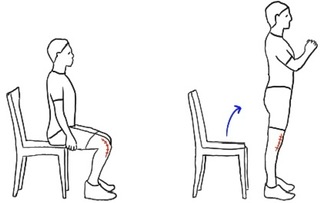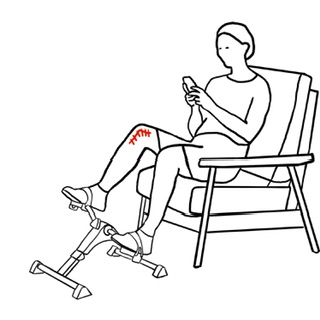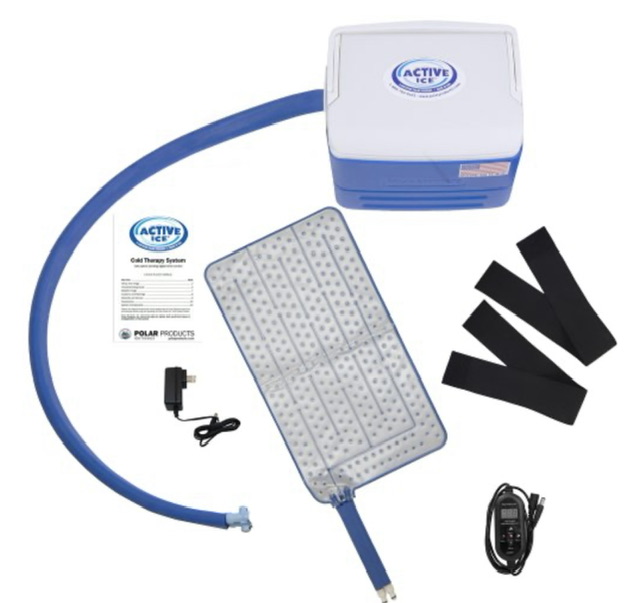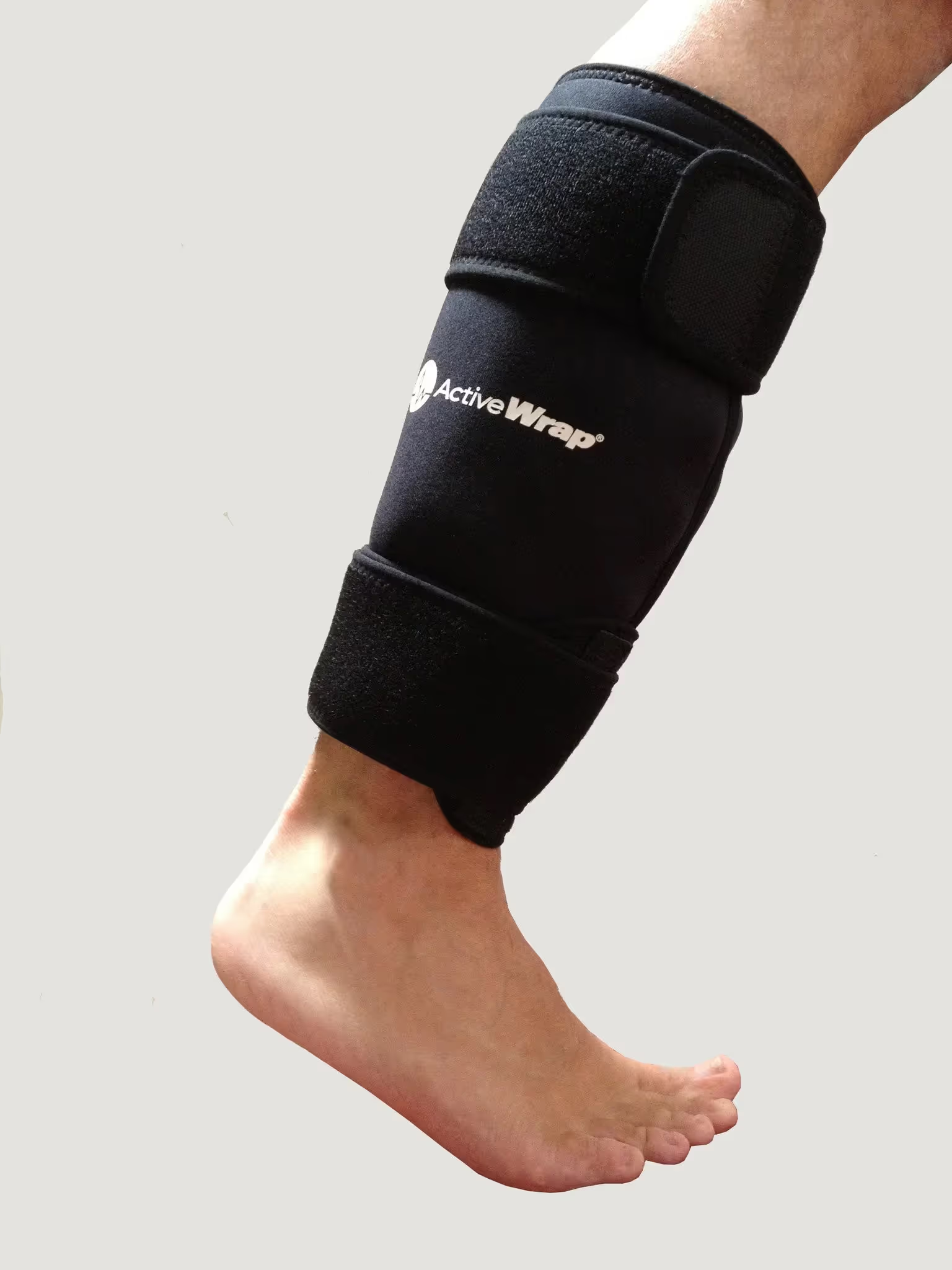Knee replacement surgery is a medical procedure that involves the removal of a damaged knee joint and the replacement of it with an artificial joint. This procedure is typically performed on patients who have severe knee pain and limited mobility due to arthritis, injury, or other conditions.
During knee replacement surgery, the surgeon will remove the damaged portion of the knee joint and replace it with a prosthesis made of metal, plastic, or a combination of both materials. The prosthesis is designed to mimic the natural movement of the knee joint, allowing patients to regain mobility and reduce pain.
The surgery is typically performed under general anesthesia, and patients can expect to stay in the hospital for several days after the procedure to monitor their recovery. During this time, patients will be given pain medication and may undergo physical therapy to help them regain strength and mobility in the affected knee.
Recovery from knee replacement surgery can be a slow and gradual process, and patients should expect to take several weeks or months to fully recover. The recovery process for knee replacement surgery can vary from patient to patient, but generally involves a period of rest and rehabilitation to allow the knee to heal properly. Physical therapy is an important component of the recovery process, helping patients regain strength and mobility in the affected knee. If you're considering knee replacement surgery, it's important to understand what to expect during recovery. In this article, we'll take a closer look at what to expect 5 months after knee replacement surgery, including the recovery process, physical therapy, and long-term outcomes.
What to Expect 5 Months After Knee Replacement Surgery
By the 5-month mark, most patients who have undergone knee replacement surgery are well on their way to recovery. However, it's important to keep in mind that the recovery process can be slow and gradual, and that individual results may vary.
Physical Therapy
Physical therapy is an essential component of knee replacement recovery, and most patients will continue with therapy for several months after surgery. By the 5-month mark, patients should be able to perform a variety of exercises designed to improve range of motion, strength, and flexibility in the knee joint.
If you need help with exercises and stretches, please take the Post-Surgery Course instructed by Dr. Samantha Smith, knee replacement expert.
Common exercises during this stage of recovery include leg lifts, squats, and lunges, as well as exercises to improve balance and stability. Patients may also continue to work with a physical therapist to improve their gait and walking mechanics.
It's important to follow the guidance of your physical therapist and surgeon when it comes to exercise after knee replacement surgery. Typically, at 5 months after surgery, you should be able to perform a range of exercises to help improve your knee strength, flexibility, and overall mobility. Here are some basic exercises that may be appropriate at this stage:
1. Straight leg raises: Lie on your back with one leg straight and the other bent. Lift your straight leg a few inches off the ground and hold for a few seconds before lowering it back down. Repeat for several repetitions before switching to the other leg.

2. Hamstring curls: Stand behind a chair and hold on for support. Slowly bend your operated leg at the knee, bringing your heel up towards your buttocks. Hold for a few seconds before lowering back down. Repeat for several repetitions.

3. Stand up - sit down: Start by sitting in a sturdy chair with your feet flat on the ground. Slowly stand up, using your legs to push yourself up from the chair. Keep your back straight and your weight centered over your feet.

4. Stationary bike: This is a great low-impact exercise that can help improve your knee mobility and strength. Start with a low resistance and gradually increase as you feel comfortable.

Bike available on Amazon - click here
Remember to always listen to your body and stop any exercise if you experience pain or discomfort. It's also important to continue to work closely with your physical therapist to ensure you are progressing appropriately and safely.
Pain and Swelling
Pain and swelling are common during the early stages of knee replacement recovery, but by 5 months post-surgery, most patients should experience a significant reduction in both symptoms. While some mild pain and swelling may persist, it should not interfere with daily activities or physical therapy. Swelling seems to persistent in those who are doing a lot of activity throughout the day with no rest breaks or those who are not properly training their knee to withstand high levels of activity. Ice and elevation are still appropriate as needed even at 5 months post surgery. Elevating with your “toes over nose” is imperative to effective elevation.

roper elevation looks like this ↑

Best ice pack for knee ↑ use code DRSAM10 for 10% off

Best Ice Machine for Knee Replacements ↑ - click here
Use code: DRSAM10 for 10% off
Complications
Complications from knee replacement surgery are rare (between 1-3% of cases) but can occur. By the 5-month mark, most patients should have fully recovered from any complications that may have arisen during the surgery or recovery process. However, some patients may continue to experience complications such as infection, blood clots, or implant failure.
If you are experiencing any issues 5 months after surgery, it is important to speak with your doctor as soon as possible to determine the cause and appropriate treatment. Here are some potential complications that can occur at 5 months post-surgery:
- Infection: If you develop an infection in the knee joint, you may experience pain, swelling, redness, warmth, and fever. Treatment may include antibiotics, drainage of any fluid or pus, and possibly revision surgery to remove and replace the joint.
- Implant loosening: In some cases, the knee implant may become loose over time, leading to pain, instability, and difficulty walking. Revision surgery may be necessary to replace the implant.
- Nerve damage: Nerve damage can occur during surgery, leading to numbness, tingling, weakness, or muscle paralysis. Depending on the severity of the damage, physical therapy or surgical intervention may be necessary.
- Stiffness or limited range of motion: In some cases, scar tissue may develop around the knee joint, leading to stiffness or limited range of motion. Physical therapy and other interventions may be necessary to improve mobility.
It's important to follow your doctor's post-operative instructions carefully and to report any unusual symptoms or complications as soon as possible. With proper treatment, many complications can be effectively managed or treated, allowing you to continue to recover and regain mobility after knee replacement surgery.
If you have spoken with your doctors and have been told there are no issues please look into the Post-Surgery Course by Dr. Samantha Smith to improve your symptoms.
Long-Term Outcomes
The long-term outcomes of knee replacement surgery are generally positive, with most patients experiencing significant improvements in pain, mobility, and quality of life. By the 5-month mark, patients should be able to return to most normal activities, including work, exercise, and recreational activities.
However, it's important to keep in mind that the artificial joint will eventually wear out and may need to be replaced in the future. The lifespan of an artificial knee joint is between 10-20 years depending on factors such as patient age, activity level, and the type of implant used.
Summary
Knee replacement surgery is a procedure that involves replacing a damaged knee joint with an artificial joint. The recovery process can vary, but typically involves rest and physical therapy. By 5 months post-surgery, most patients should be well on their way to recovery, with reduced pain and swelling, improved mobility, and the ability to perform a variety of exercises. Complications from knee replacement surgery are rare, but long-term outcomes are generally positive. However, it's important to keep in mind that the artificial joint will eventually wear out and may need to be replaced in 10-20 years.

.avif)









